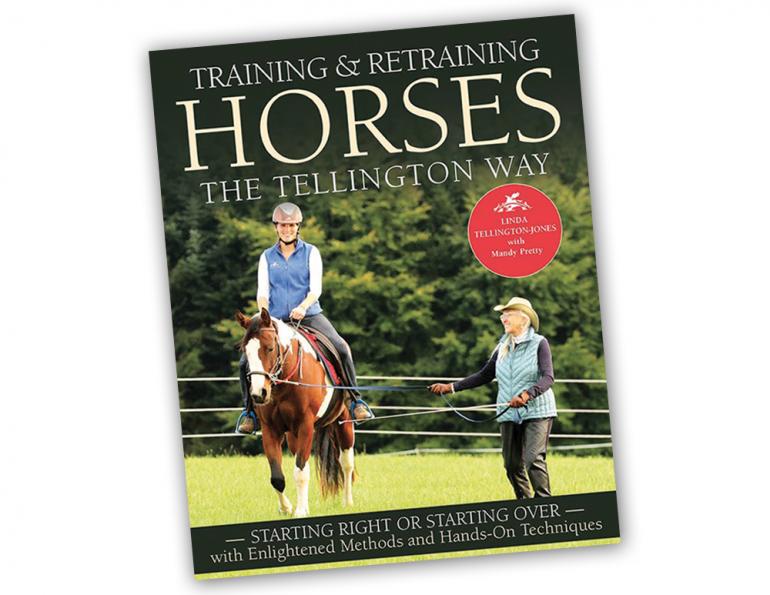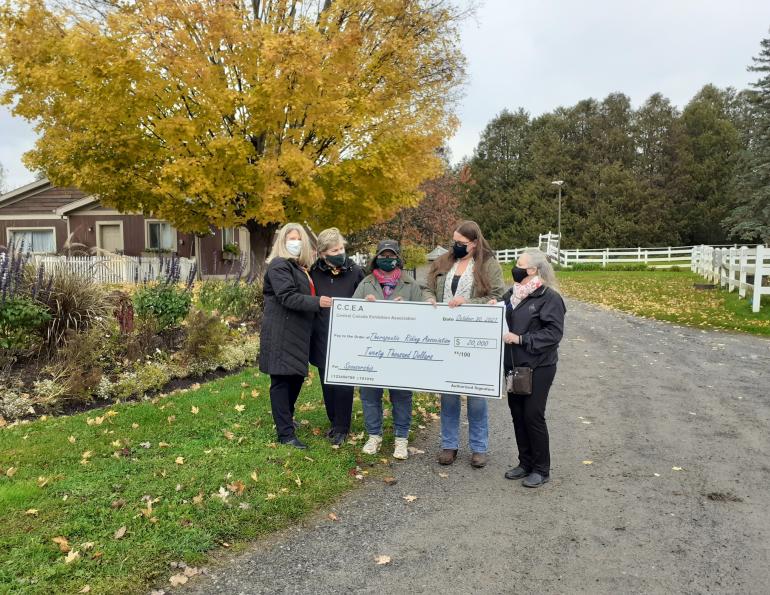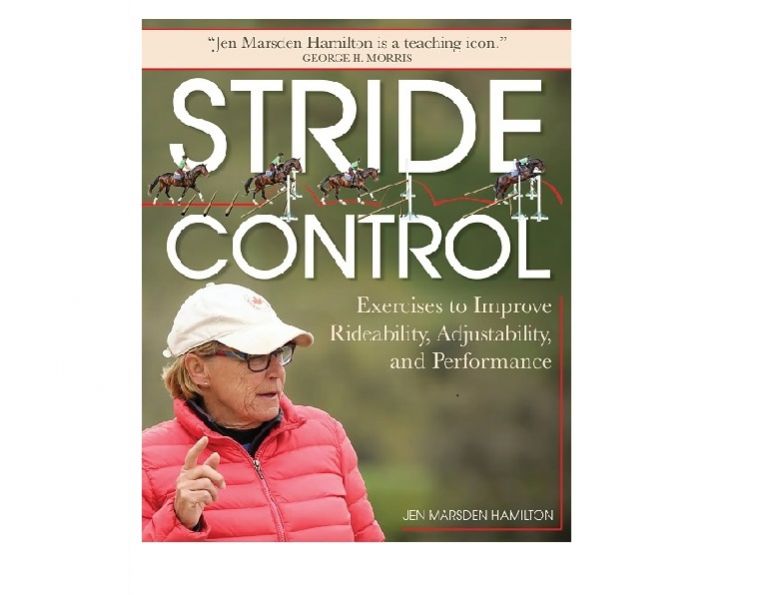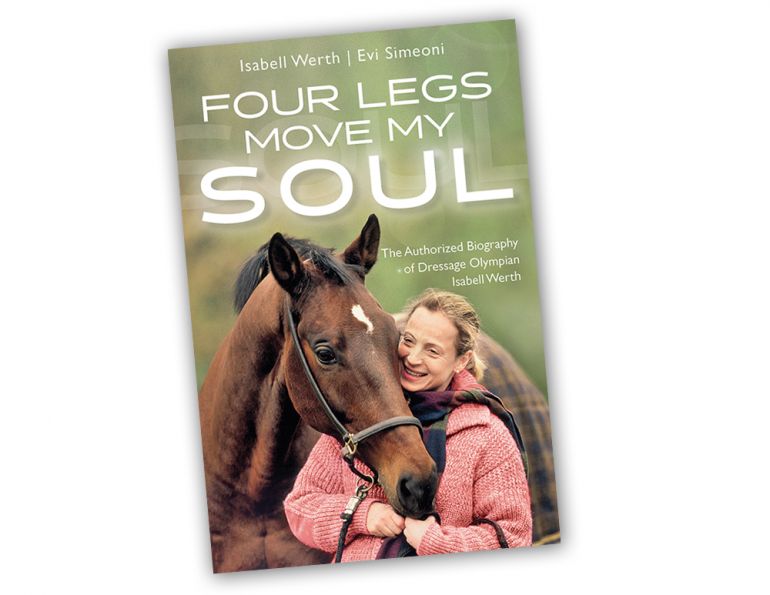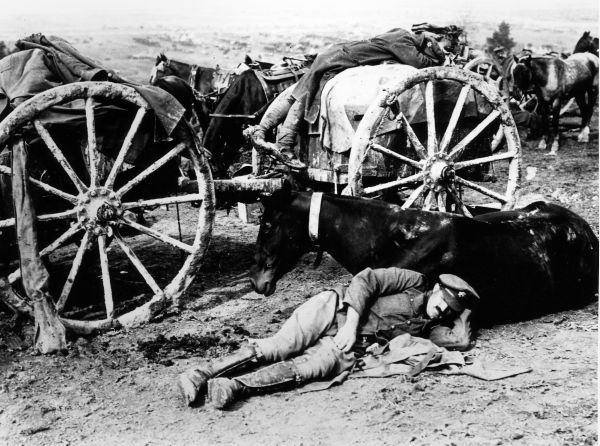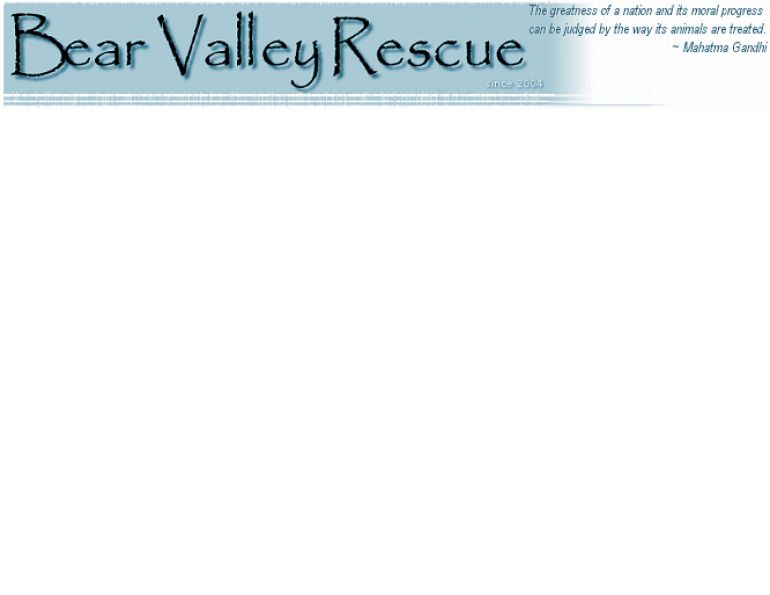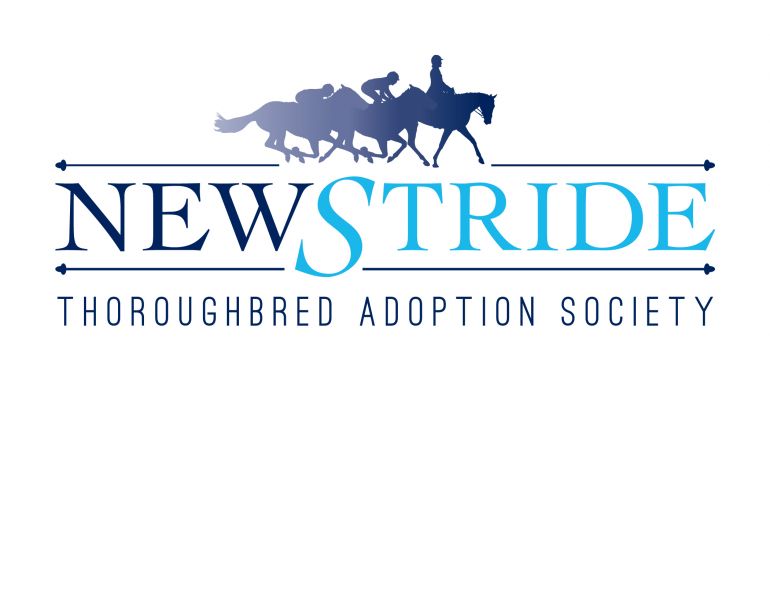By Linda Tellington-Jones with Amanda Pretty
Trafalgar Square Books, Non-fiction, ISBN 9781570769375, 304 pages, Paperback, Hardcover, Kindle
Reviewed by Margaret Evans
If you are starting a young horse or retraining an older horse, Training and Retraining Horses by Linda Tellington-Jones and published by Trafalgar Square is for you. This beautifully illustrated, practical book gives step-by-step methods to achieve goals and to solve specific behavioural issues.
The Tellington method and TTouch bodywork as a philosophical method to build trust in a horse is well known to many riders and trainers. This book emphasizes the basics that Tellington-Jones originally developed and expanded in her previous publications, and also puts emphasis on the winning mindset in the approach to training a horse. It is the cornerstone of everything she discusses.
“Honouring the mind, body, and spirit of the horse through your language, actions, and intention creates some truly amazing results in our horses,” she writes.
Tellington’s methods are both practical and sensible.
“The key is, start where you can,” she writes. “A very shut-down or nervous horse may feel more comfortable starting with a session from Body Exploration or Lowering the Head followed by a selection of TTouch bodywork before starting any of the Leading exercises.”
In each of the chapters, Tellington provides case studies. Parytet was an Arabian stallion on the Italian endurance team, but he had three very difficult challenges. He was head shy and refused to have his ears or poll touched, so the only way to put the bridle on was to take it apart. He had one speed and that was fast or faster, so he could not be rated at the trot. Because of his head shyness, he was not easy to work with in-hand for veterinary assessments at events. But by using a variety of Tellington methods, Linda and Parytet’s owner saw this nervous horse transformed in just days.
Fundamental to how the Tellington system works are the nine components of the TTouch. TTouch is a form of bodywork, but it is not massage. It seeks to work with the horse’s entire nervous system at the cellular level rather than directly influencing the muscles. The book describes many different TTouches, depending on how the hand is used and how the movement is applied.
With excellent illustrations, she explains the pressure touches as well as the circular ones and what parts of the horse’s body benefit the most, in addition to the huge benefits to the horse’s overall well-being and relaxed, mental state.
Exercises using ground equipment, additional lines, wraps, saddle pads, and elastic girths all become focal parts of a training program as the horse progress through the stages. And she does not ignore the needs of the rider, offering suggestions to help the rider stay mentally present with the horse and comfortable both in the saddle and on the ground.
“Most horses, no matter what their level of experience or training, can benefit from any of the techniques described in the book,” writes Tellington. “By doing things in a methodical, incremental way that is non-habitual, you will see long-lasting transformations from exercises not obviously related to the changes.”
Training and Retraining Horses is an excellent addition to any horse owner’s library.



